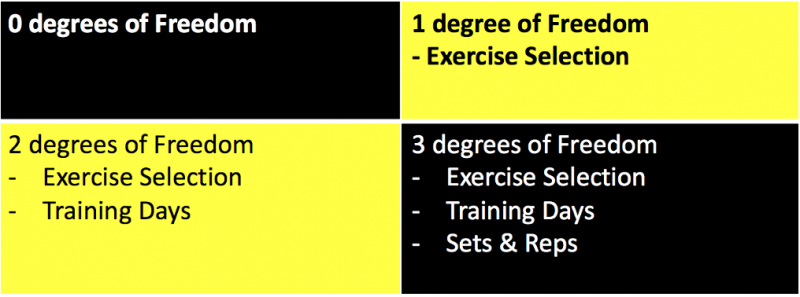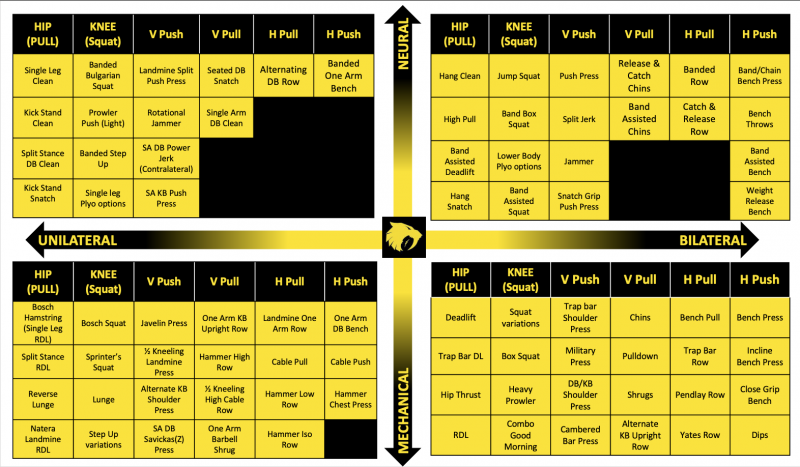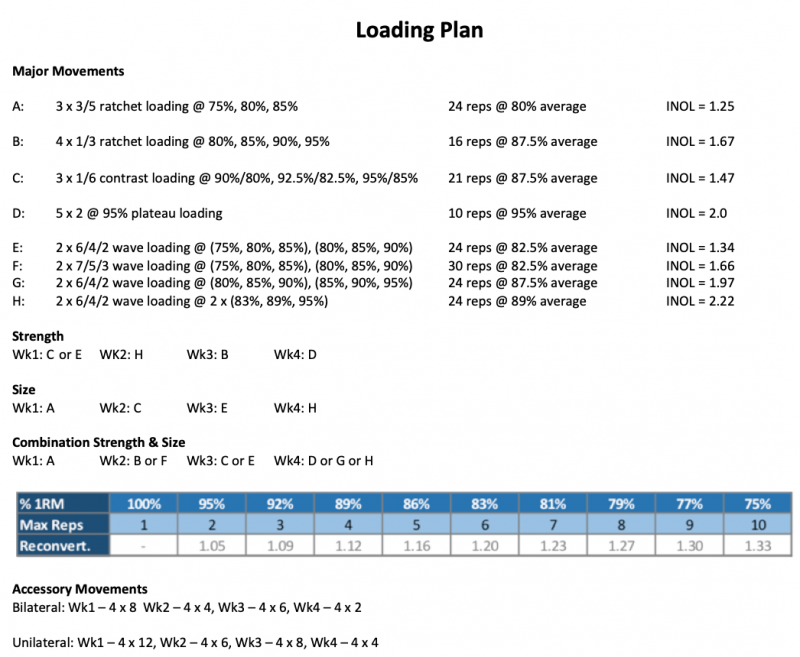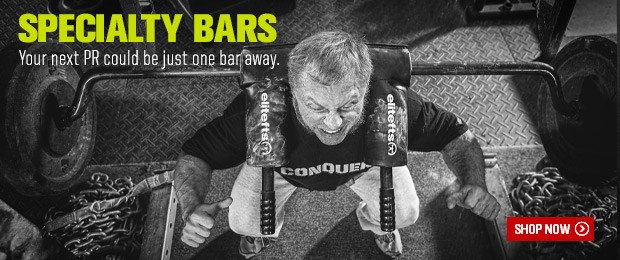
To paraphrase Simon Sinek, when you work out and understand your why, then the what and the how almost takes care of itself.
My why for the use of specialty bars comes down to the fact that I am training rugby players and not powerlifters or Olympic lifters. A former All Black and now innovative international coach, Tony Brown, said that he was never 100 percent ever again—80 percent was his new standard to play after his first year as a professional rugby player. This allies very closely with the wonderful quote by Bryan Mann, “the best ability is availability.”
Why do strength coaches persist in using the traditional bar now that there are many excellent alternative bars available? Let me list some of the reasons I have heard and then try to refute them.
- Specialty bars are too expensive. They are an investment in your player’s future. If a player aggravates an existing injury in the weight room, the specialty bar more than pays for itself with just one player missing a game.
- How can I judge my player’s strength levels against existing records in weightlifting and powerlifting? Answered already many times over by Joe Kenn, “We are training football player’s not lifters.” Establish new norms for your population and refer to those rather than weightlifting and powerlifting numbers.
- How do I program using the Big Three of Bill Starr or Wendler’s 5/3/1 without a traditional bar? Variation and innovation. The new Big Three may be Swiss Bar Bench Press, Safety Bar Box Squat, and DB Hang Cleans. Of course, you can still train exactly like the Wendler system, but use a Cambered Bar, Safety Squat Bar, or a Spider Bar for squatting either regular or to a box. Use a Swiss Bar for the bench and military press with different grips for pressing movements. Deadlift using the Trap Bar.
I have found that after players are introduced to a new bar, their initial reaction is no joint pain, and they can really feel the muscles working. Explaining the why is partially the player's education, and I ensure this is an ongoing process throughout my time with a player or at a club.
RECENT: The Integration of Unilateral and Bilateral Movements to Assist in Strength Development
I always program an education session before the start of pre-season training, and this is based on using all four modes of learning. I ensure that each player is taught by me, using methods for the visual, auditory, kinesthetic, and reading/writing learners. In their ground-breaking book Sports Coaching & Learning, Fleming, Robson and Smith use learning preferences to enhance performance. The initial test is available online to ascertain which of the four areas a person favors most. Frequently, athletes are often bi-modal; they have two equal preferences and mostly favor learning kinesthetically.
The education session will include listening to me talk (aural) through the aspects of the program that I want them to know about in detail. I use language-appropriate concepts and storytelling, which I find to be a very powerful teaching tool. I also use a PowerPoint presentation to outline key facts, appealing more to the read/write learners. I use pictures and charts for the visual learner and get players to perform the movements and make corrections to the kinesthetic learners' technique. The use of video is considered a multi-modal form of learning, so this is definitely included as well.
These sessions go a long way to set the stage for the training to commence and have been invaluable in the teaching/learning process for the players to understand the why of the program. I believe this approach increases compliance and buy-in from the playing group and is further complemented by my decision-making quadrant training management system.
In this, the training age of the player is rewarded with an element of the training process that is in their own selection control. The key elements in the gym programming are exercise selection, training days/content, and the sets and reps programming. I refer to these elements as degrees of freedom, and I have written in detail about this system in previous elitefts.com articles.
- Program Determination Using the Quadrant Approach: Individualization in a Team Sport Environment
- The Four Year College Strength Program: An Alternative Management Perspective
As a summary of this system, this table easily explains the movement from quadrant to quadrant as a player proves they are ready to progress. Of course, players are continually educated along the way to allow them to make good choices, ensuring they are game ready come Saturday.
Often players, irrespective of where they are on the learning/training continuum, will wish to be fully programmed instead of having the choice of training elements. This is an option, but the player is talked through each element to ensure he understands the why of each component. If I cannot answer the why, then that element should not be in the program. I ensure I expose the players to a wide range of sets and reps programs as well as exercise selection choices in the offseason and preseason so that the transition to in-season programming is as seamless as possible. Here is an example of various loading plans for different training outcomes and an exercise selection chart to assist the players in the decision-making process.














Rugby for years i feel these are priceless in building and maintaining “healthy “ athletes especially guys who have beat up joints and limited ROM as is often the case , but also to stop stagnation and boredom in the weightroom ,
Another classic from the legend thanks Ashley.
Wonderful article as usual! Love the new graphics & the option based ideas. Thank you for sharing your wisdom & look forward to implimenting some of these concepts. Hope you are doing well my friend!!!!
If an athlete is in a strength/size or hypertrophy program whether this mean High Pulls can't be in that program OR High Pulls doesn't have a better transfer (influence) than eg Shrugs, Upright KB Row etc on Size / hypertrophy?
I like to do High Pulls on my programs because this exercise build more robustness.
Cheers Bro
Do you recommend High pulls if an athlete in Hypertrophy or in strength and size program?
And where you place Rack Pulls ? In Neural or Mechanical chart?
I want to try the Max effort /dynamic effort training.
Im an Dutch Army veteran and lost my left lower arm in Afghanistan because of an IED. Im Still training. But i cant Do all exercises as you can imagine. But Im creative and can do a lot.
So for example i (84kg) can squat (120kg 1RM)
Dumbell bench press (50kg 1RM)
Can you guys help me make an 4day training schedule?
Thanks
Sven